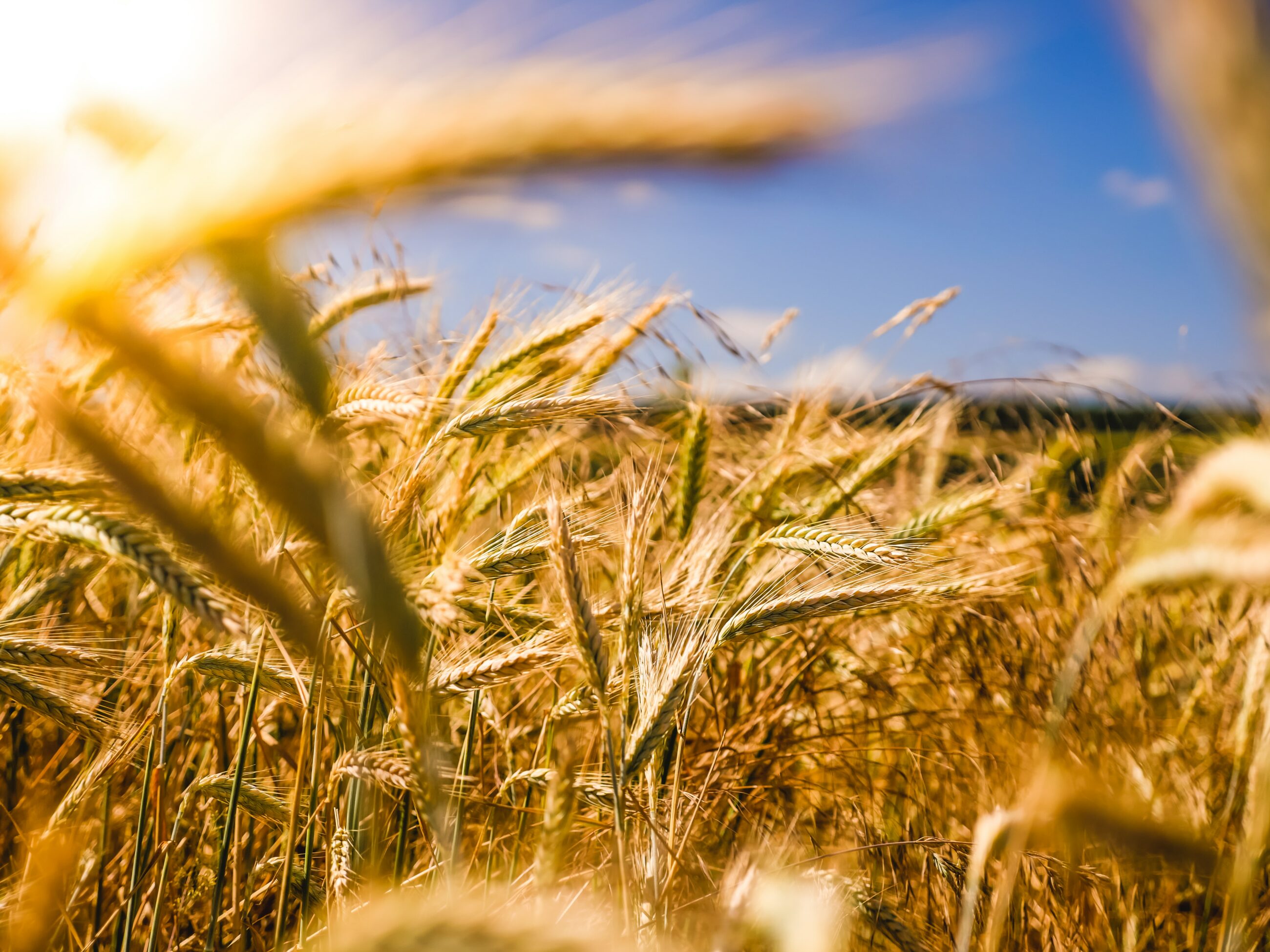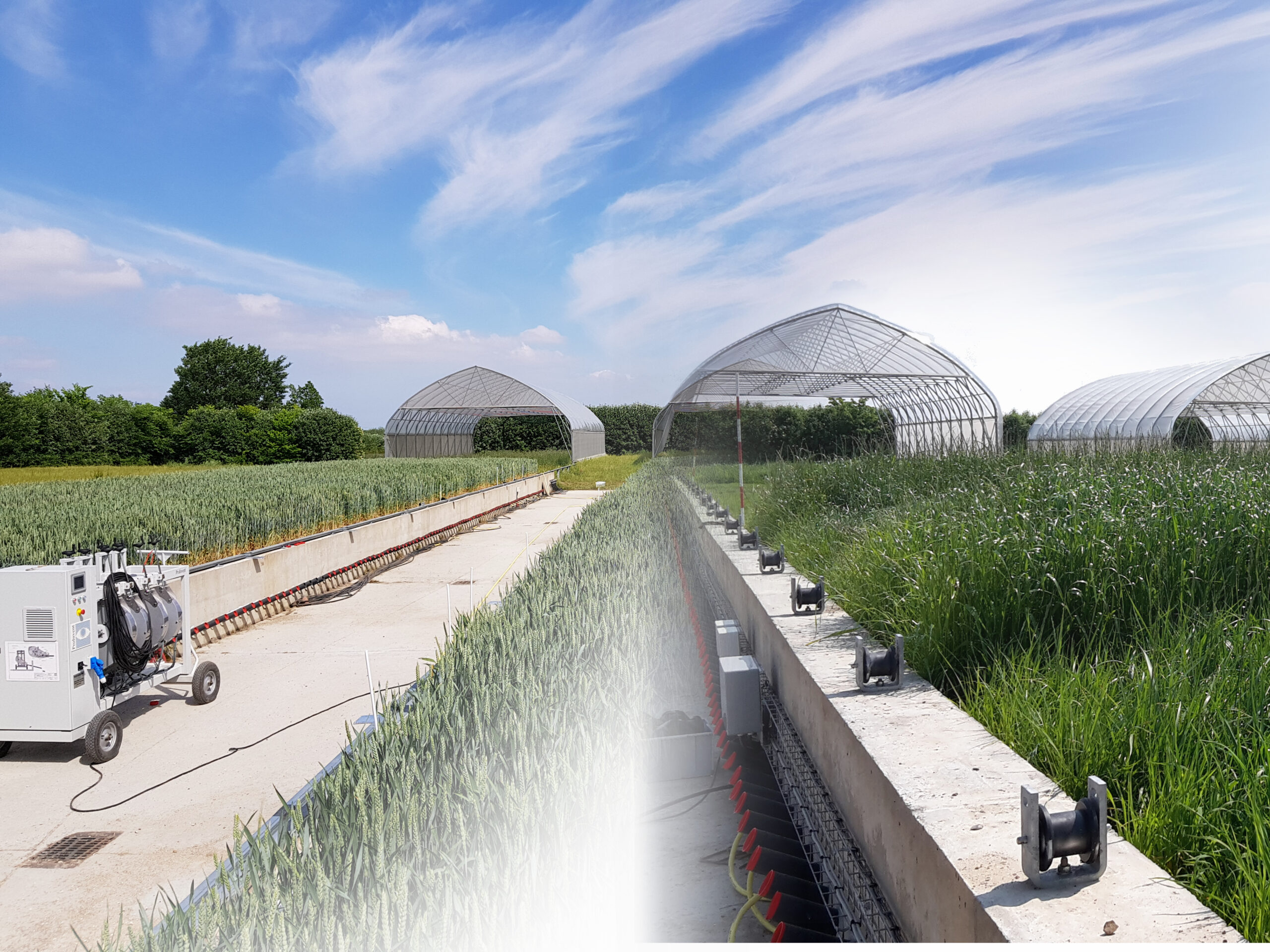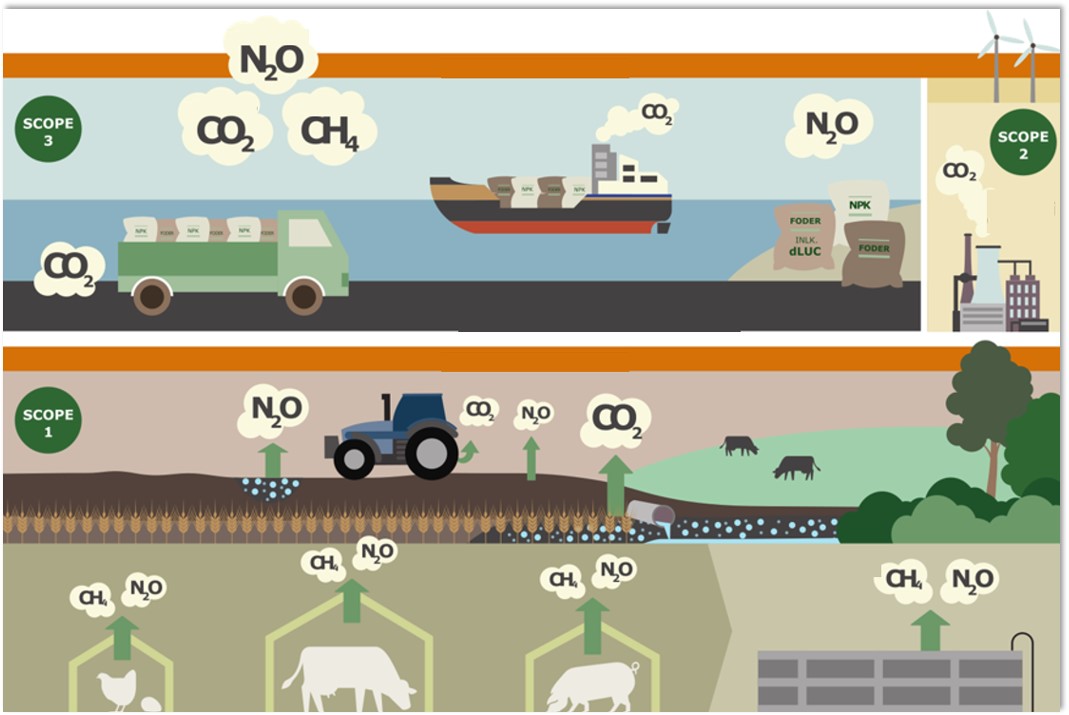News
Bioenergy
Biomass
Research: The burning of wood at heat plants has resulted in climate savings


Danish heating plants’ transition to forest biomass (wood chips and wood pellets) has been beneficial for the climate and the most climate-friendly choice compared to coal and natural gas, concludes a new report from the Department of Earth Science and Nature Management at the University of Copenhagen.
It is the first time researchers are retrospectively examining how the transition to forest biomass has affected 10 Danish CHP plants' emissions of greenhouse gases, and thus how abandoning coal or natural gas in favour of forest biomass has affected the climate.
They have done this by, among other things, calculating the so-called carbon payback time (CPT) for each plant; i.e. how long does it take before the transition to forest biomass has had a positive effect on the climate.
"Here, our results show that the transition from coal to forest biomass has had a positive effect on CO2 emissions after an average of six years. In most cases, the transition from natural gas has taken between 9 and 22 years — in one case 37 years — before it resulted in reduced CO2 emissions," said associate professor Niclas Scott Bentsen, Department of Geosciences and Nature Management, who is one of the authors of the report.
[green]In Denmark, the energy supply is responsible for a large part of the greenhouse gas emissions. In 2018, more than 20 per cent of greenhouse gas emissions were a result of the production of heat and electricity (9.4 out of 48 million tonnes CO2).[/green]
Reduction in CO2 emissions
The researchers also looked at the total CO2 emissions for the three energy sources over a 30-year period — the life expectancy of a CHP plant.
The transition from coal to biomass resulted in a reduction in CO2 emissions of between 15 and 71 per cent, while the conversion from natural gas to biomass reduced emissions between -4 and 19 per cent.
The fact that emissions in a single case were -4 per cent after 30 years - because of the restructuring - is partly a consequence of significant changes to the CHP plant’s product portfolio.
"The large fluctuations in the numbers have to be seen in the light that the carbon payback time, and the size of the saved CO2 emissions, are significantly affected by the type of fuel and where it is collected, and by any alternative uses of the wood," said Niclas Scott Bentsen
Related article: Denmark legislates on sustainable biomass
Residual wood is better for the climate
The 10 Danish CHP plants got 32 per cent of their forest biomass from Danish forests, while 41 per cent came from the Baltic countries, seven per cent from Russia and Belarus and seven per cent from the United States. The type of wood biomass used, and how far it is transported, affects the overall carbon footprint, according to Niclas Scott Bentsen.
"For the typical plant that used coal before but now picks up all its wood in Denmark and only uses residual wood that cannot be used for other products, the carbon payback time was around one year and the 30-year savings were up to 60 per cent, " explained Niclas Scott Bentsen.
Read the report here (in English)
Photo by Alain Duchateau on Unsplash
You should consider reading
publications
Resource efficient production
+15















